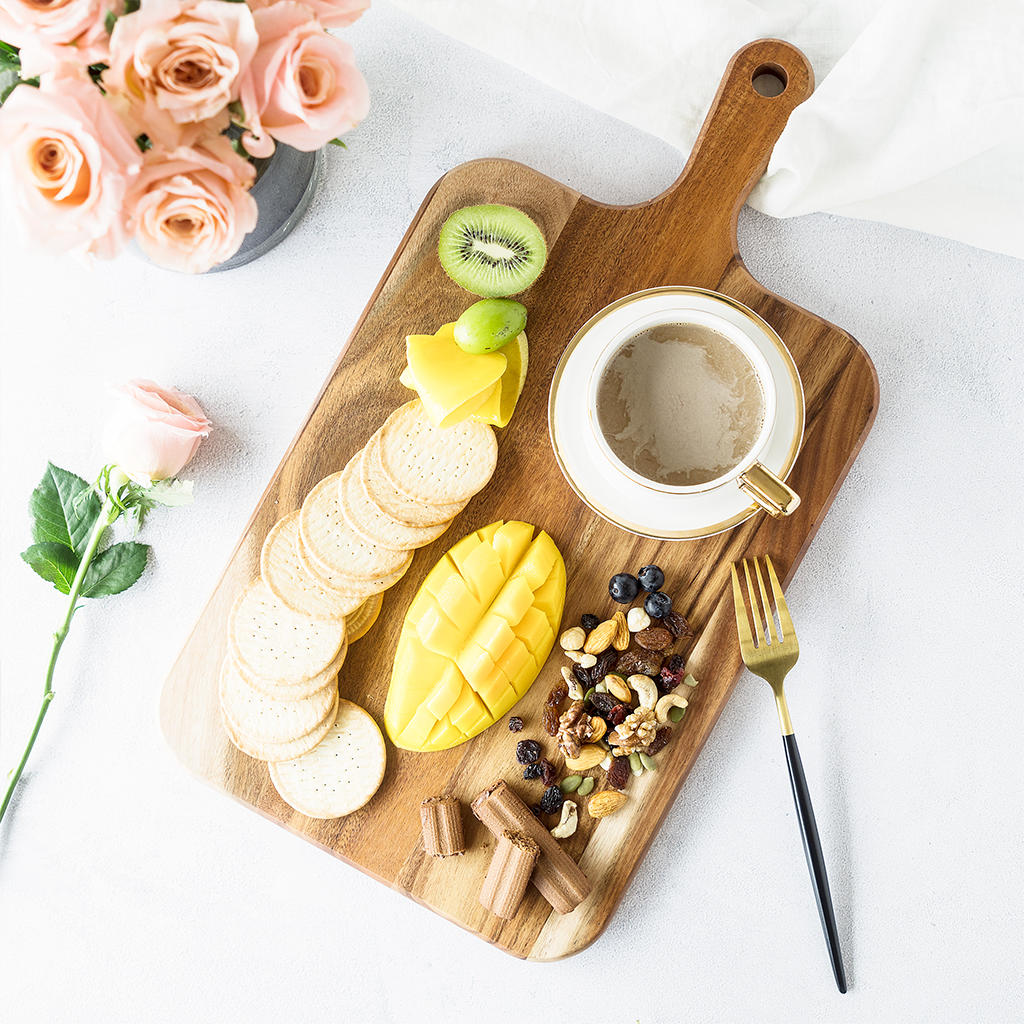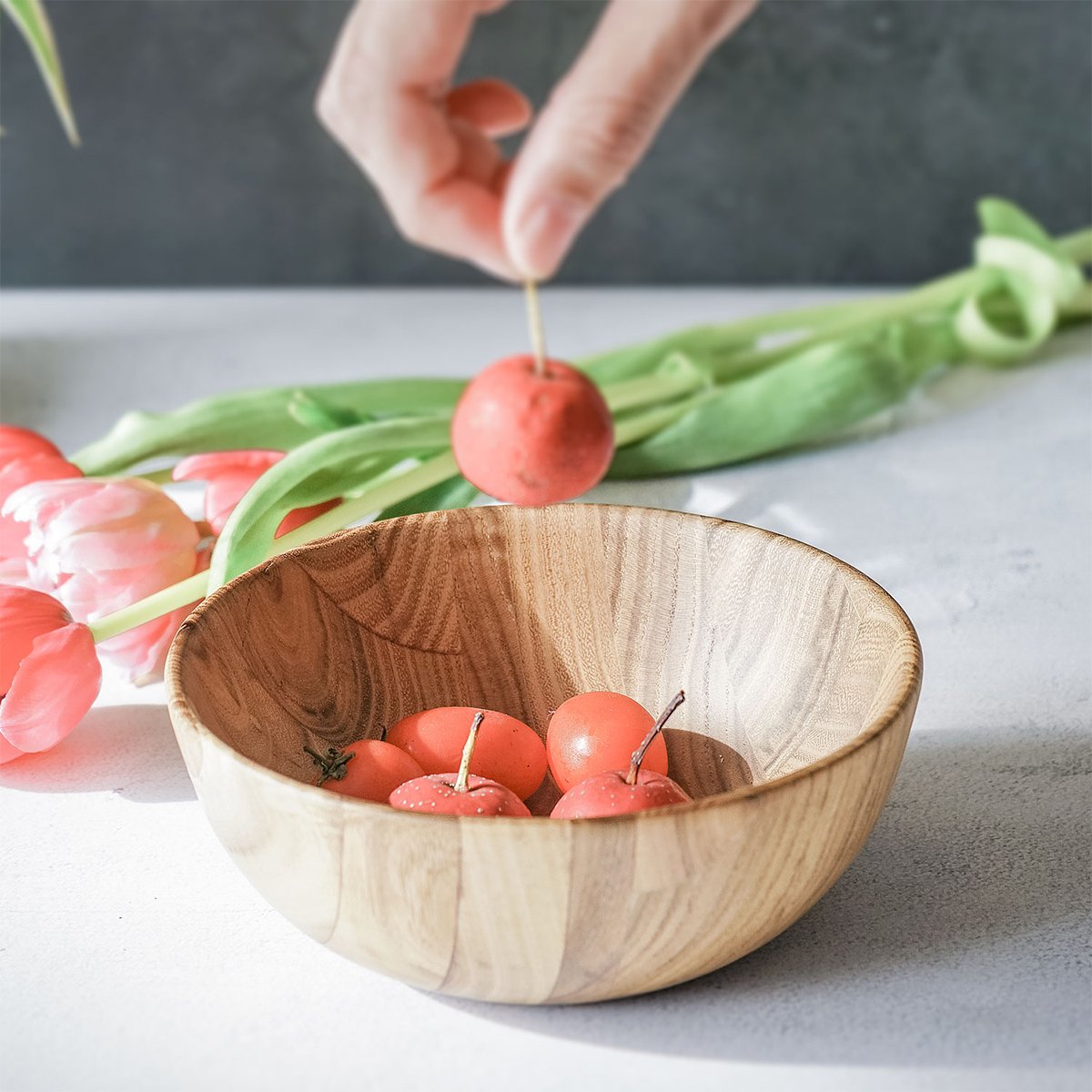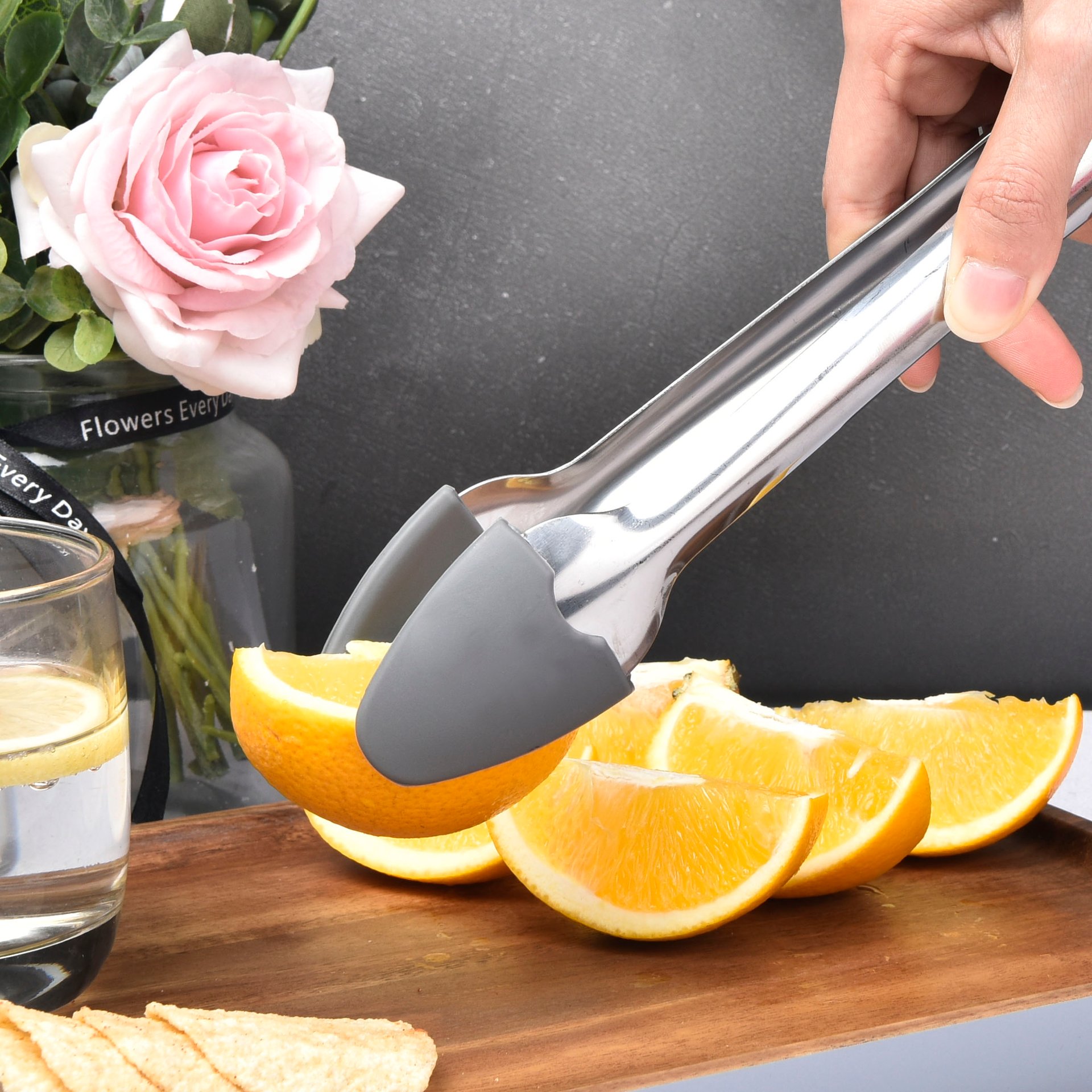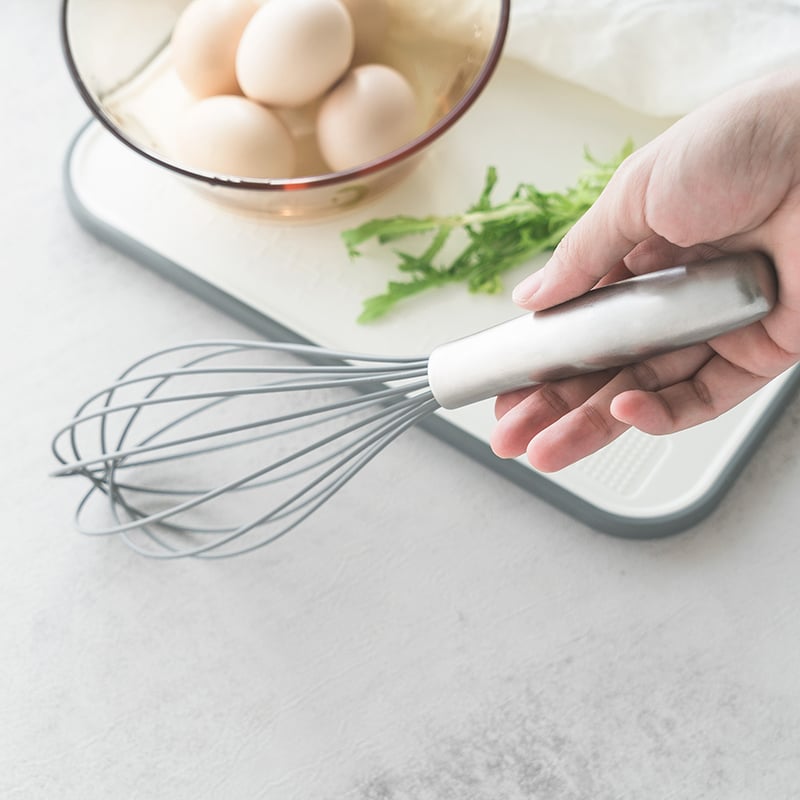How to Clean Wooden Utensils?
Wooden spoons are practical and aesthetic in your kitchen. It's important to keep them clean after each use helps prevent bacteria from growing.
Part 1: Why You Need to Clean Wooden Utensils?
Wooden utensils are ideal because the material contains natural antibacterial properties. Wooden kitchenware is meant to last for an extremely long time, but it won’t if you don’t take proper care of it. Here are some suggestions for you to take care of wooden utensils at home.
Wooden utensils are recommended because of their beautiful natural grain, excellent touch, and sweet light wood odors that provide an air of charm and comfort to your kitchen. These are just parts of the reasons why wood is a very popular type of cookware that can improve your cooking experience.
Wood is a natural material with tiny cracks, allowing bacteria to proliferate and create a health risk, so it's important to clean them right away after use, so they can last longer.
If you are also a fan of wooden kitchen utensils, the following maintenance advice is a must to keep in mind!
1. Don't soak
Many people soak their kitchen utensils in water to make it easier to remove grease, but you need to treat wooden utensils differently. You must clean them immediately and wipe them dry after use to prevent mold and bacteria, in order to let them last longer.
2. Don't put them in the dishwasher or dish dryer
Some people tend to use the dishwasher and dish dryer to clean wooden utensils. However, this is harmful because of the heat and forceful water. You must avoid doing so to prevent wooden items from warping or developing cracks or splits.
3. Wash gently
Wooden kitchen utensils are different from other materials. It is even possible to scratch the coating with scouring pads, making it easier for dirt to adhere to the surface.
To clean wooden utensils, use soft sponges to remove greasy buildup gently, then rinse.
There are lacquered and oiled wooden utensils in the market. For unpainted products, if you want to avoid detergent residue, please use a natural cleanser like baking soda.
4. Dry immediately after cleaning
After washing wooden kitchen utensils, we recommend drying them immediately with clean paper towels or cloth, and then putting them in a cool and ventilated place to air dry. Please let it stand on the kitchen shelf and keep a proper distance from other stuff to avoid extra moisture.
5. For large-size wooden utensils such as chopping boards, hang them or let them stand. Do not lean on walls or lie flat on the desktop, to keep both sides dry and prevent mold and moisture.
6. If you don't have time to dry them, you can use the oven, bowl dryer, or some other types of equipment, but don't put them in directly. Instead, first, heat the equipment, turn off the power, and then put the wooden kitchen utensils in, and use the surplus heat to dry. This can help you avoid moisture and keep them in shape.

Part 2: Method 1: Clean Wooden Kitchen Utensils Regularly
1. Wear gloves before cleaning
Even mild bleach can work to disinfect an old wooden spoon you found stored away. However, before cleaning with bleach or other potential irritants, you should put on a pair of rubber gloves.
2. Get rid of food stains with baking soda and lemon juice
Apply a small amount of baking soda to the wooden utensil. Depending on the size, a teaspoon, or just enough amount to cover it, you can choose the amount. Squeeze lemon juice to cover the spoon on its surface to make a paste with the baking soda. Use a cloth or your fingers to clean it through the wood by following the direction of its grain. Then rinse thoroughly with water when finished. Repeat if necessary. You can also add coarse salt to the mixture for abrasion.
3. Disinfect using hydrogen peroxide
Place your wooden spoon in a basin, pan, or sink. Pour hydrogen peroxide over the utensil. Use your hands or a clean sponge to work it all around the spoon. Let it stand for a few minutes to soak in and kill germs.
-
Rinse using warm water and either your hands or a clean sponge.
-
Repeat if needed or desired.
4. Soak wooden spoons in vinegar to remove odors. —— The spoons rules
Mix the same amount of hot water and vinegar in a basin or bowl that’ll fit the spoon to create a diluted solution. Place the spoon into the solution and soak for up to a half hour. Rinse thoroughly with hot water and towel dry immediately.
-
You can add a teaspoon of lemon juice to help remove the vinegar smell.
-
Don't soak wooden utensils too much, but it’s good to soak and disinfect them periodically, or to treat odors or any suspected mold growth by soaking.
5. Soak in a mild bleach solution
Place a small amount of bleach into a soaking tub, such as a sink, large bowl, or dishpan. Fill in hot water. Use a ratio of bleach and water 1:20. Place the utensil in the solution and soak for several minutes.
-
Rinse with hot water and soak for a few more minutes to remove any residual bleach.
-
Towel dry the spoon then let it sit and air dry completely.
-
Bleach is the best for utensils that have been packed up or out of use for a long time.
Part 3: Method 2: How To Clean Wooden Spoons After Use
1. Rinse immediately after use
After using a wooden spoon, first rinse it with warm water. Don’t soak it in dishwater, since dishwater can harbor bacteria that can get absorbed by the wood. Soaking can also cause wooden kitchenware to split or crack.
2. Wash the wooden utensils by hand
Use a mild dish detergent and warm water for everyday cleaning. Scrub with your fingers, soft sponges, or other dish cleaning pads. Never wash wooden utensils in the dishwasher. Wooden surfaces can be damaged by rapid drying and wooden surfaces can be aged by dishwashing cleanser.
3. Rinse and towel dry
Thoroughly rinse away any residue. Use a clean towel to dry the wooden spoon, then let it sit out before storing it. Don't let wooden utensils air dry immediately after cleaning, as the moisture may cause warping or cracking.
Part 4: Method 3: How to Clean Wooden Utensils with Oil
Step 1: Salt
First, use hot soapy water to rinse away any bacteria that may be on the wooden item. This is especially important if the utensil is used for any kind of raw meat or fish. Once rinsed, pour the appropriate amount of salt over the top and rub a slice of lemon over the surface until the salt has dissolved. This should help remove any smell and lift the stain. Then rinse with cool water and dry in the sun.
Step 2: Baking Soda
If salt didn't do the trick, baking soda should be able to help. A test has found this to be the most effective method for removing stains and smells from wooden surfaces. Sprinkle baking soda over the top of the item and drizzle on lemon juice. Use a clean cloth to scrub the stained area, and then simply rinse and set in the sun to dry.
Step 3: Vinegar
Let your spoons soak in 1:1 vinegar and room temperature water overnight to dig into the muck. This also helps remove any smell. Just soak, wash, and dry in the sunlight.
Step 4: Sandpaper
If all else fails, a piece of sandpaper will remove a layer to reveal fresh wood and scrape away the stains. This method also helps get rid of any loose ends from use, and keep your wooden items smooth and clean. Be sure to season your utensils again after sandpapering them down, and we don't recommend trying this on any hand-crafted, coated spoons.











